Monday, June 13, 2011
June 13, 2011
Tuesday, June 7, 2011
Favorite Photo
Friday, May 27, 2011
TEXTURES!!
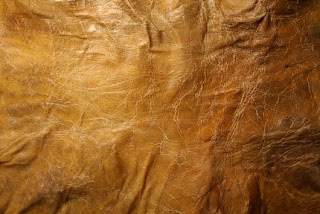
The Color Purple, Color Symbolism #5
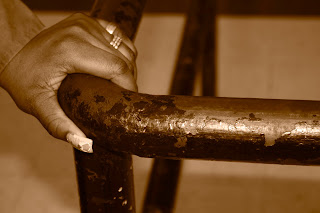
The Color Purple, Color Symbolism #4
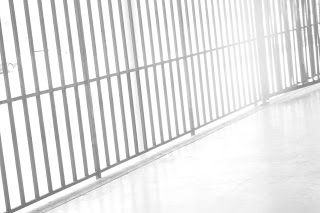
The Color Purple, Color Symbolism #3
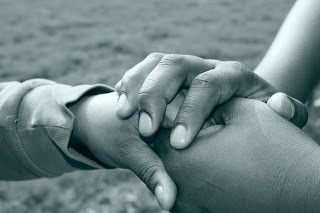
Thursday, May 19, 2011
The Color Purple, Color Symbolism #2
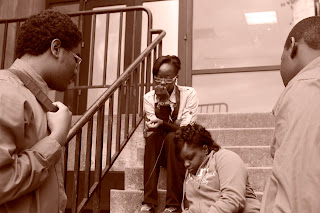
The Color Purple, Color Symbolism #1
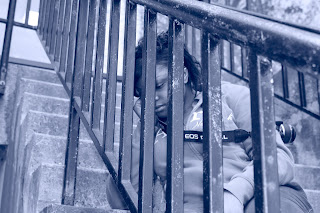
Daily Image 5/19/2011
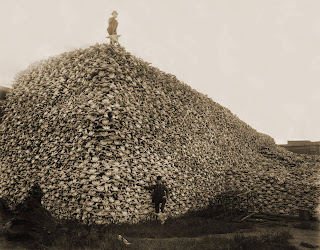 1. What do you see? Describe what is happening.
1. What do you see? Describe what is happening.Tuesday, May 17, 2011
Daily Image 5/17/2011
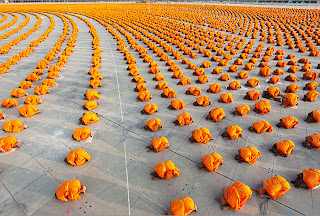
Wednesday, May 11, 2011
Daily Image 5/11/2011
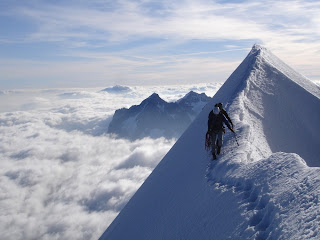 1. What do you see? Describe what is happening.
1. What do you see? Describe what is happening.Monday, May 9, 2011
Daily Image 5/9/2011
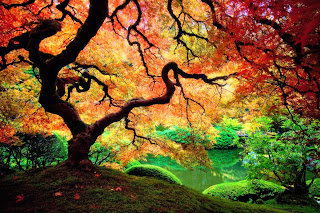
Thursday, May 5, 2011
Daily Image 4/5/2011
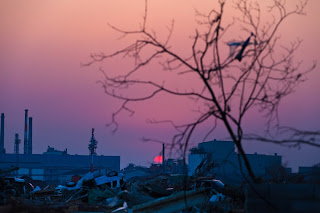
Friday, April 29, 2011
Composotion & Silhouette
"The Color Purple" Photo Planning
Daily Image 4/29/11
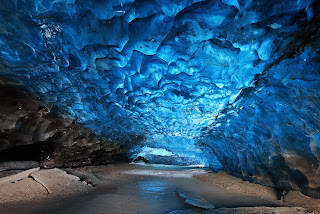 1. What do you see? Decsribe what is happening.
1. What do you see? Decsribe what is happening.Wednesday, April 27, 2011
Daily Image 4/27/11
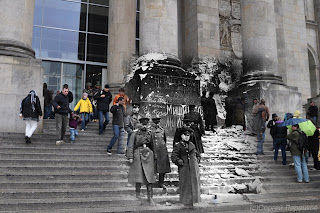
Monday, April 25, 2011
Daily Image 4/25/11
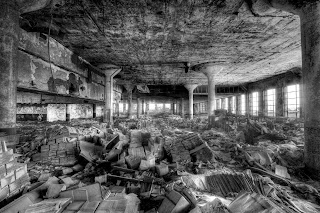 1. What do you see? Decbrobe what is happening.
1. What do you see? Decbrobe what is happening.Wednesday, April 20, 2011
Daily Image 4/20/11
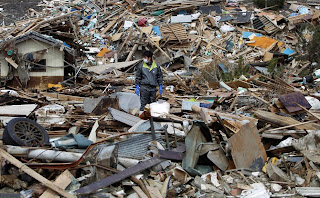 1. What do you see? Describe what is happening.
1. What do you see? Describe what is happening.Thursday, April 14, 2011
Daily Image 4/14/11
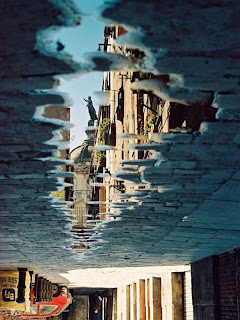 1. What do you see? Describe what is happening.
1. What do you see? Describe what is happening.Tuesday, April 12, 2011
Daily Image 4/12/11

Friday, April 8, 2011
Daily Image 4/8/11
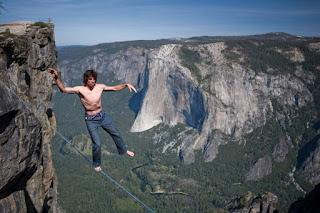 1. What do you see? Describe what is happening.
1. What do you see? Describe what is happening.Wednesday, April 6, 2011
Mood and Emotions in Music
1. 1. What is the mood of the 1st video?
The mood if the first video is jolly, perky, and happy. You could tell that the movie was for children, and the video was very colorful. The scenes were very bright and family orientated.
2. 2. What is the mood of the 2nd video?
In the second video the trailer was completely the opposite. There was scary music in the video; there were many dark shadowy colors. And the scenes they played from the movies weren’t as jolly.
Song #1: Write 10 words describing how the song makes you feel.
Bright, Funny, Colorful, Cheerful, Excited, Happy, Hyper, Energetic, Green, Lively.
Song #2: Write 10 words describing how the song makes you feel.
Slow, Calming, Acoustic, Smooth, Deep, Soothing, Heart-felt, Composed, Entertaining,
Song #3: Write 10 words describing how the song makes you feel.
Electric, Lively, Futuristic, Dance, Crazy, All over the place, Moving, Jumpy, Capturing, and Weird.
Song #4: Write 10 words describing how the song makes you feel.
Daily Image 4/6/11

